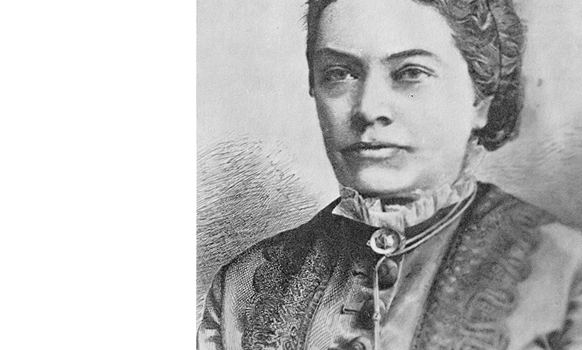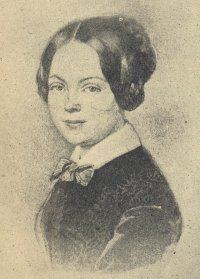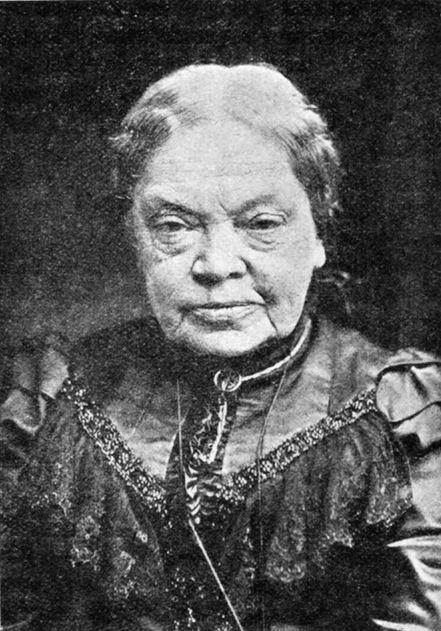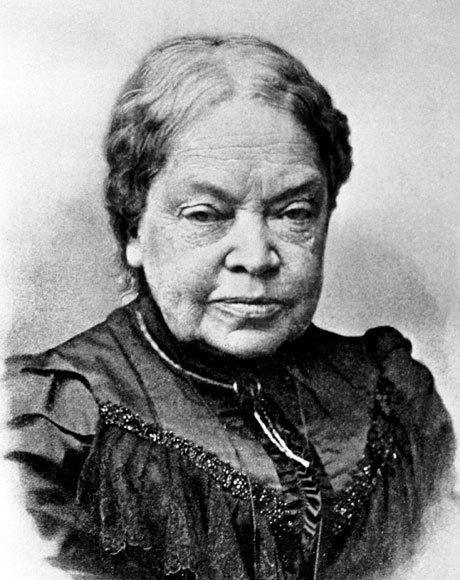Period 1858–1909 Name Marie Ebner-Eschenbach | Role Writer | |
 | ||
Born Baroness Marie Dubsky von Trebomyslice.September 13, 1830Zdislavice Castle, Moravia,Austrian Empire ( 1830-09-13 ) Occupation Novelist, short story writer, essayist Notable works Das Gemeindekind, Dorf- und Schlossgeschichten Books Das Gemeindekind, Krambambuli The District Doctor (T, Aphorisms, Their Pavel, Beyond atonement | ||
Nominations Nobel Prize in Literature | ||
Marie von Ebner Eschenbach
Baroness Marie von Ebner-Eschenbach (Czech: Marie von Ebner-Eschenbachová, German: Marie Freifrau von Ebner-Eschenbach; September 13, 1830 – March 12, 1916) was an Austrian writer. Noted for her excellent psychological novels, she is regarded—together with Ferdinand von Saar—as one of the most important German-language writers of the latter portion of the 19th century.
Contents
- Marie von Ebner Eschenbach
- San cristobal de la habana mercaderes und marie von ebner eschenbach zigarrentest mit bewertung
- Biography
- Works
- References

San cristobal de la habana mercaderes und marie von ebner eschenbach zigarrentest mit bewertung
Biography

She was born at the castle of the Catholic Dubský (Dubský von Třebomyslice) noble family in Zdislavice (present Czech Republic) near Kroměříž in Moravia, the daughter of Baron (from 1843: Count) Dubsky and his wife Maria, née Baroness Vockel, who came from a Protestant-Saxon background. Marie lost her mother in early infancy, but received a careful intellectual training from two stepmothers. Despite being part of a noble family having access to her family's vast libraries, she was never actually schooled properly. In 1848 she married her cousin, the Austrian captain, and subsequent field-marshal, Moritz von Ebner-Eschenbach. The couple resided first in Vienna, then at Louka (Klosterbruck) near Znojmo, where her husband had a military charge, and after 1860 again in Vienna. The marriage was childless. Marie grappled with the domestic priorities of a woman. She kept a journal and wrote letters explaining how her life constantly felt interrupted because of these tasks. It has been speculated that Marie may have suffered from "hysteria" based on symptoms found throughout these entries including debilitating headaches and excessive nervousness.

Marie began devoting herself to literary work. In her endeavours she received assistance and encouragement from Franz Grillparzer and Freiherr von Münch-Bellinghausen. Her first publicized work was the drama Maria Stuart in Scotland (German: Maria Stuart in Schottland), which Philipp Eduard Devrient produced at the Karlsruhe theatre in 1860. Then came a tragedy in five acts, Marie Roland, with several one-act dramas: Doktor Ritter, Violets (German: Das Veilchen), and The Disconsolate One.
After these limited successes in the field of drama, she turned to narrative. Commencing with Die Prinzessin von Banalien (1872), she graphically depicts in Božena (Stuttgart, 1876, 4th ed. 1899) and Das Gemeindekind (Berlin, 1887, 4th ed. 1900) the surroundings of her Moravian home, and in Lotti, die Uhrmacherin (Berlin, 1883, 4th ed. 1900), Zwei Comtessen (Berlin, 1885, 5th ed. 1898), Unsühnbar (1890, 5th ed. 1900) and Glaubenslos? (1893) the life of the Austrian aristocracy in town and country.
Much of Ebner-Eschenbach's more mainstream success is accredited to Julius Rodenberg due to his publishing Ebner-Eschenbach's work in his popular periodical, Die Deutsche Rundschau. She also published Neue Erzählungen (Berlin, 1881, 3rd ed. 1894), Aphorismen (Berlin, 1880, 4th ed. 1895) and Parabeln, Märchen und Gedichte (2nd ed., Berlin, 1892). Von Ebner-Eschenbach's elegance of style, her incisive wit and masterly depiction of character give her a foremost place among the German women writers of her time. On the occasion of her 70th birthday the university of Vienna conferred upon her the degree of doctor of philosophy, honoris causa. An edition of Marie von Ebner-Eschenbach's Gesammelte Schriften (Collected Works) began to appear in 1893 (Berlin).
In Ebner-Eschenbach's will, never creating literature and plays for monetary means, she left the compensation she did receive to aid other writers in their own endeavors. She died in Vienna, Austria-Hungary.
